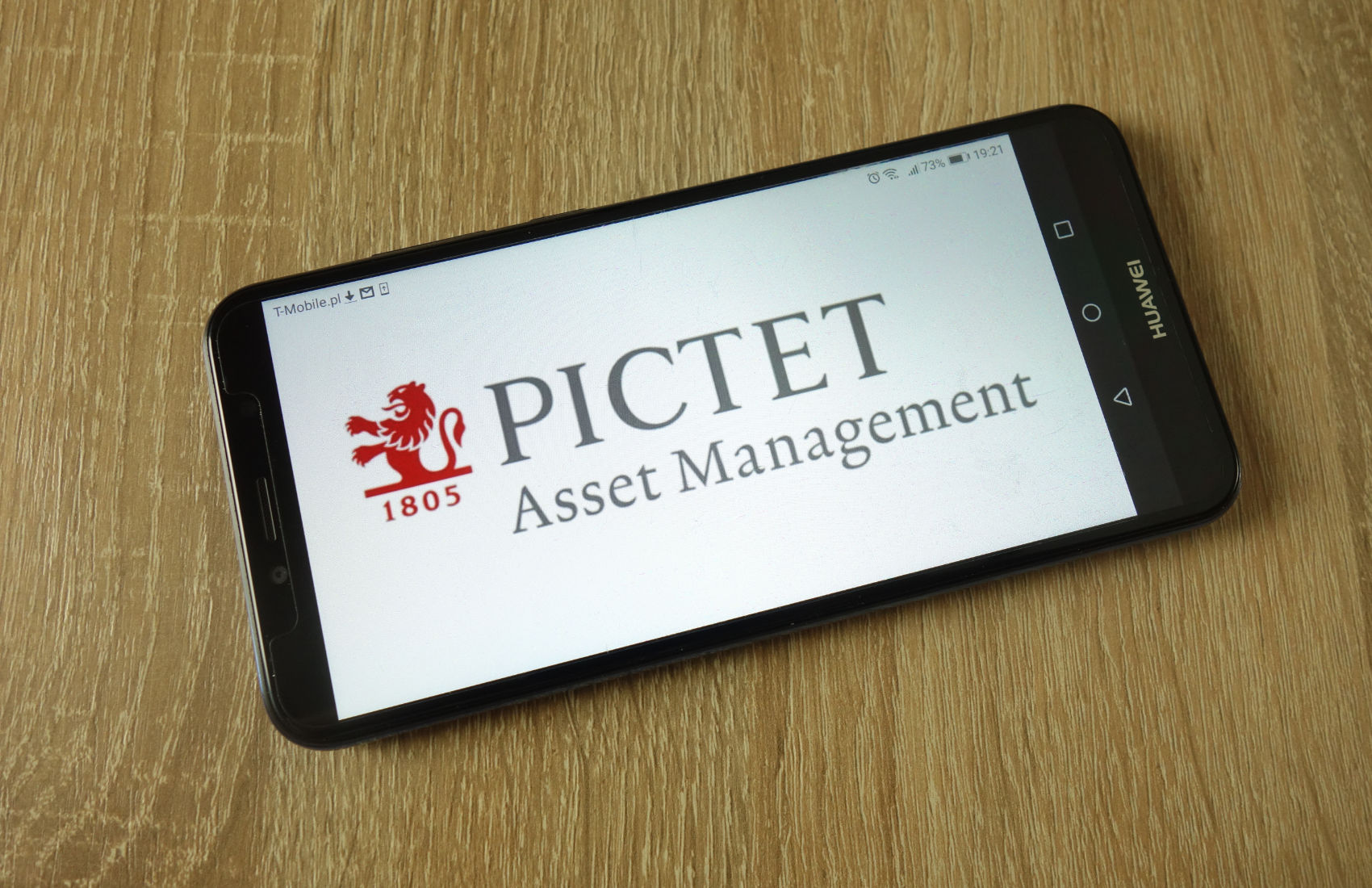Exploring the Revolutionary World of Corporate Bond Tokenization and Portfolio Customization
The financial landscape is experiencing a profound transformation as automation and fractionalization technologies revolutionize asset management practices. An electrifying development in the realm of corporate bonds is taking shape through the groundbreaking collaboration between the SIX Digital Exchange (SDX) and Banque Pictet & Cie. These esteemed institutions have embarked on an innovative journey to tokenize corporate bonds, marking a significant milestone in the customization and personalization of financial portfolios that promises to reshape the entire investment industry.
The pilot initiative, deftly managed by Pictet Asset Management, aims to fractionalize corporate bonds through advanced tokenization technology. This revolutionary approach means that investors can now own smaller portions of bonds, thereby allowing Pictet to enhance and personalize client portfolios with unprecedented precision. Imagine unlocking a world where bonds can be sliced and diced into fractional quantities, tailored perfectly to match the nuanced needs of individual portfolios. This strategic move is set to open the floodgates for greater diversification and tailor-made investment strategies, shifting portfolio management into an automated reality that was previously the domain of the abstract.
SDX has carved a distinguished niche in issuing native digital bonds and is renowned for its prowess in the digital asset space. However, the current undertaking is particularly groundbreaking as it involves the tokenization of pre-existing bonds denominated in Swiss francs (CHF) and euros (EUR) held in the main SIX central securities depository (CSD), SIX SIS. This innovative approach demonstrates SDX's versatility by embracing both freshly issued digital bonds and conventional bonds under the same technological umbrella. Thus, the potential for client portfolio customization expands beyond traditional bounds to include both native digital bonds and these newly tokenized conventional bonds, offering investors the best of both worlds.
The primary advantage of this innovation lies in its ability to offer bespoke solutions to investors by utilizing both native digital bonds and tokenized conventional bonds. This means each investor's portfolio can be uniquely structured to align with their individual risk preferences and financial goals. Additionally, this development supports automated portfolio rebalancing, making the investment process more efficient and responsive to market changes. The cherry on top is the seamless automation capability that empowers client portfolios to be rebalanced effortlessly, thereby enhancing diversification and making asset management a more dynamic and responsive practice.
Olivier Ginguené, Chief Investment Officer at Pictet Asset Management, heralds this advancement as "a new and innovative use case for tokenized trading of securities that opens up for customization at scale." He enthusiastically describes this innovation as a groundbreaking development that highlights how financial institutions are leveraging technology to enhance client experiences and meet the evolving demands of the modern investor. The technology's promise lies in offering customizations at an unprecedented scale, creating a tool that can seamlessly tailor everything to individual needs while keeping it efficient and manageable—a far cry from the traditional one-size-fits-all approach.
This isn't the first brush with tokenization for Pictet; they had previously dabbled in a similar vein with Credit Suisse in 2022. During that exploration, they utilized a public blockchain as opposed to the SDX's permissioned ledger, underpinned by R3's Corda technology. These collaborative trials serve as testing grounds for what might become the norm in the near future, demonstrating Pictet's dedication to exploring all facets of this transformative technology and breaking down barriers in corporate bond trading.
The excitement extends far beyond individual institutions, as this development is part of a broader trend where leading financial firms explore the capabilities of tokenization to facilitate mass customization of portfolios. Notably, 2023 has also seen global giants like JP Morgan and Apollo Global delve into tokenization trials under Singapore's Project Guardian, albeit with a focus on alternative funds rather than corporate bonds. Their initiatives explored similar concepts, indicating a broad industry push towards the mass customization potential that tokenization holds. The essence of these trials remains closely aligned with the idea of customizing portfolios through tokenization, illustrating the broad potential of this technology in transforming asset management and showcasing how tokenization could revolutionize wealth management by providing customized investment solutions on a vast scale.
The world of asset management is witnessing a vibrant metamorphosis, with tokenization and fractionalization at the helm, steering towards a future of unprecedented flexibility and customization. This revolutionary approach is like breaking a big cake into smaller bite-sized pieces, making it easier for more people to have a taste while adding their personal toppings to suit their individual preferences. The underlying principle remains steadfast—mass customization, a concept akin to a buffet where wealth managers present a variety of options and strategies to cater to diverse investor appetites, fundamentally transforming how we think about investment portfolio construction and management in the digital age.










